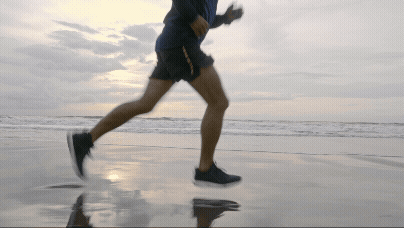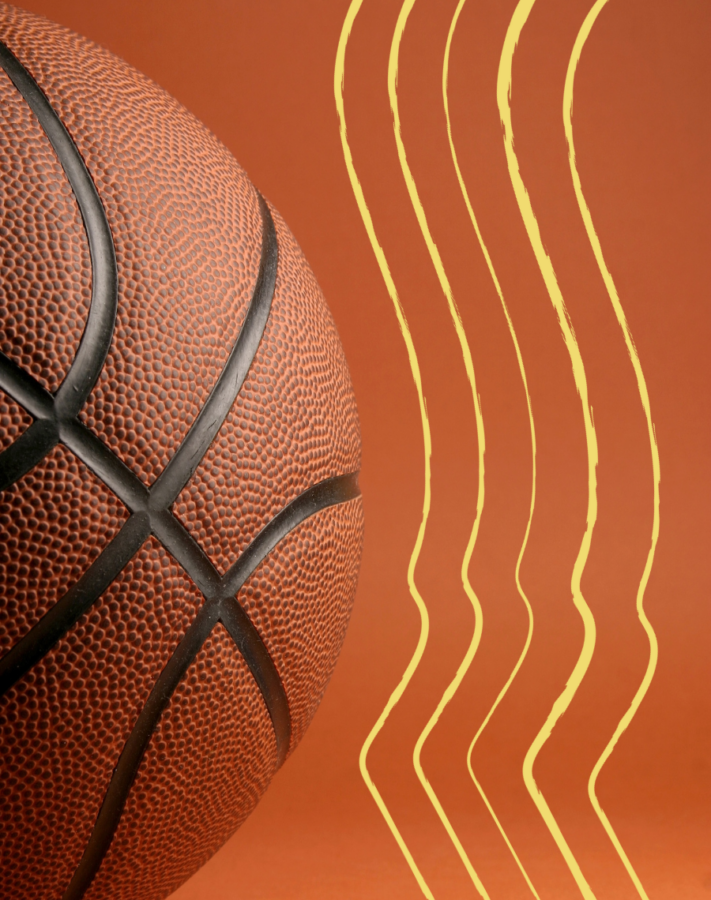Neurodivergence in Sport: Why It Matters

Neurodiversity vs. Neurodivergence – What’s the difference?
You’re probably hearing terms like neurodiversity and neurodivergent more often in sport, media and everyday conversation. They’re related, but they don’t mean the same thing.
Neurodiversity is the big-picture concept. It refers to the natural range of how humans think, learn, and behave, including people who are neurotypical and those who are neurodivergent. It’s about recognising that there’s no one “standard” brain, and that different ways of thinking are part of normal human variation.
Neurodivergence, on the other hand, describes people whose brains function differently from what’s considered neurotypical. This includes conditions like ADHD and Autism Spectrum Disorder (ASD). These differences aren’t automatically deficits, they can come with strengths and challenges depending on the environment. It’s also common for ADHD and ASD to co-occur.
How neurodivergence appears in sport
Neurodivergent traits can look and play out very differently in a sporting context compared to school, work, or daily life. Something that’s challenging off the field may show up as a strength in performance, focus, or creativity on the field, and vice versa. For a snapshot of functional differences, see the table at the end of this post.
Here are some sport-specific factors where neurodivergence can have an impact:
Talent pathways
Neurodivergent athletes may find it harder to access traditional development pathways. Things like school performance, early coaching experiences, or being seen as “difficult to manage” can create barriers long before talent is recognised.
Team dynamics
In team environments, challenges with self-regulation, communication, or conflict can be misunderstood as attitude or behaviour problems. Coachability and team fit are highly valued, so differences can be misinterpreted rather than supported.
Concussion risk
Athletes with ADHD have a higher risk of concussion. Neurodivergence can also influence how someone recovers and how symptoms are expressed or managed.
Medication and anti-doping
Medication is a common part of ADHD management, but some are on the anti-doping banned list. That means alternative strategies, tailored support, and clear communication become even more important.
Why this conversation matters now
More athletes are being diagnosed later in life, speaking openly about their experiences, and asking for support. This shift is creating space for change, and sport has a responsibility to respond.
Creating neuroaffirming sport environments is not only about inclusion, it’s about performance, safety, and fairness. When organisations understand and support neurodivergent athletes, they can:
- Improve equity and access
- Strengthen policy and athlete pathways
- Unlock performance potential
- Protect mental health and wellbeing
As our knowledge grows, so must the systems athletes rely on. Sport thrives because of diversity, in skill, mindset, personality, and perspective. In a high-performance world where unique talent is an asset, adapting environments and expectations isn’t just the right thing to do, it’s a competitive advantage.
Supporting neurodivergent athletes sends a powerful message across the industry and beyond: difference isn’t a problem to solve, it’s potential to harness.
|
General population |
Athlete |
|
| Routine and structure | May find it difficult to establish routines, though they can thrive on them | Not as much of a challenge, given coaches and the club likely already have a lot of routine and structure for them to follow |
| Risk-taking and impulsivity | Can increase the risk of injury and accidents, spending a lot of money, substance use | Still true, but can be beneficial in reducing overthinking and improving flow of decision-making by not getting stuck on potential negative outcomes |
| Fluctuating capacity | Can be manageable in daily life | Demanding nature of high-performance environments are typically less forgiving, and consistency is desired |
| Hyperfocus | Can interfere with time management | Can facilitate rapid skill acquisition |
| Rigid thinking | Can cause distress when routines are disrupted | Can be conducive to good consistency and preparation, which can improve confidence and reliability |





